OEC just started 3D printing classes last year.
It sounds bizarre — but could help the nuclear industry skip decades of rote experimentation.

Will humanity ever travel to the stars? This is a question for the ages and it remains as open as a deserted stretch of interstate highway. To answer this question, we need an international scientifically-based effort that can chip away at the physics needed to make Star Trek real. Please have a listen to this episode with Guest Marc Millis. Well worth your time.
Propulsion physicist Marc Millis talks about the prospects for fast, efficient interstellar travel. Millis was head of NASA’s Breakthrough Propulsion Program at Glenn Research Center outside Cleveland for years beginning in the mid-1990s. We discuss why the problem of traveling to the stars is so difficult and what would need to happen to help such dreams become a reality. It’s a lively and irreverent discussion!
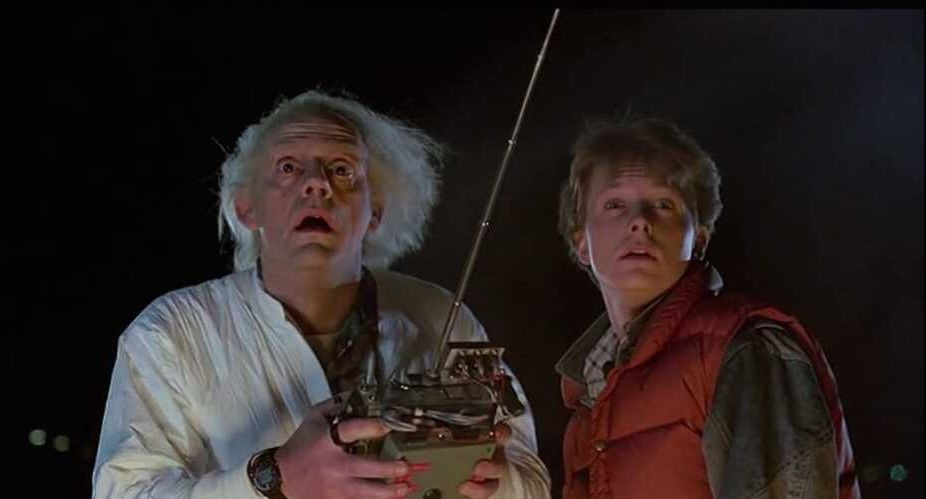
In the not so distant future you could be making money from home by controlling robots, robots that are in another country. Or there will be products, such as a self driving Tesla car, that can go out and earn money on their own.
This video takes a look at the futuristic ways people will be earning money. From telepresence jobs and future business ideas, to new space businesses, and even how people will be storing their money — moving away from cash and credit cards to using chips that are in their bodies.
Elon Musk’s Book Recommendations + Others (Affiliate Links)
• The Hitchhikers Guide to the Galaxy: https://amzn.to/3kNFSyW
• Ignition: https://amzn.to/3i20BgN
• Benjamin Franklin: https://amzn.to/2G24eWX
• Structures: Or Why Things Don’t Fall Down https://amzn.to/36KGCRc.
• The Foundation: https://amzn.to/3i753dU
• Six Easy Pieces (Thinking Behind Physics): https://amzn.to/3mUvIP2
Video Links Mentioned in the Video.
• Elon Musk: The Scientist Behind the CEO
• Robots Cooking: The Restaurant of the Future.
https://youtu.be/zCaDJOGnkuo.
• Space Inc: The New Space Businesses and Tech.
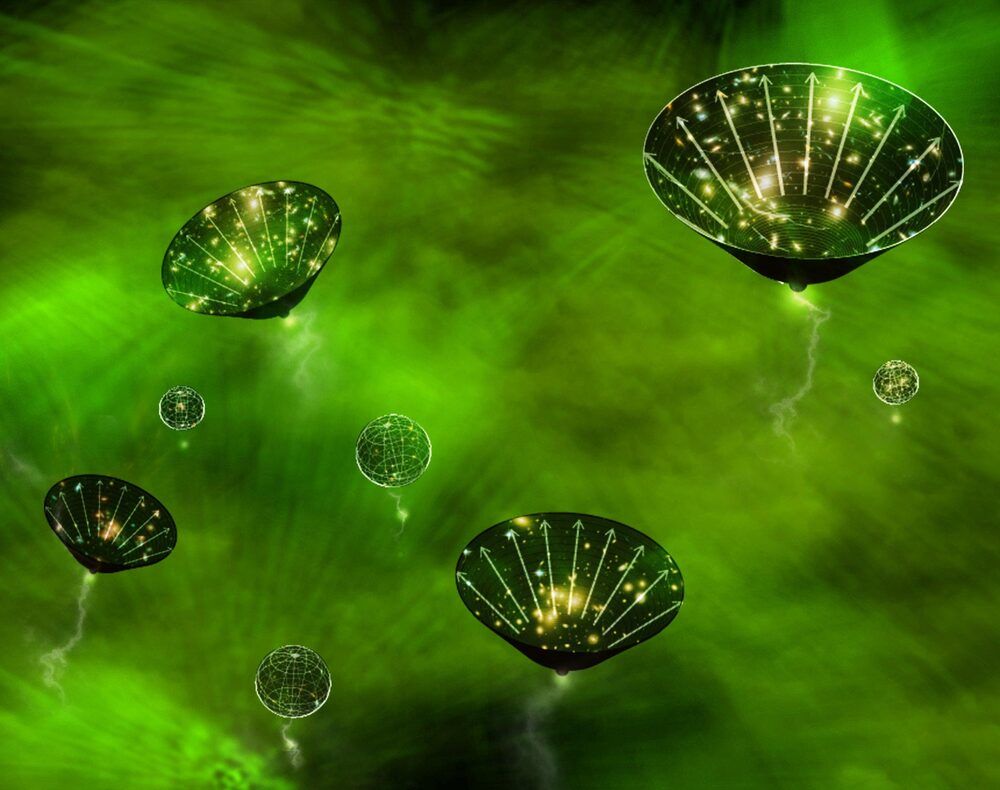
The Kavli Institute for the Physics and Mathematics of the Universe (Kavli IPMU) is home to many interdisciplinary projects which benefit from the synergy of a wide range of expertise available at the institute. One such project is the study of black holes that could have formed in the early universe, before stars and galaxies were born.
Such primordial black holes (PBHs) could account for all or part of dark matter, be responsible for some of the observed gravitational waves signals, and seed supermassive black holes found in the center of our Galaxy and other galaxies. They could also play a role in the synthesis of heavy elements when they collide with neutron stars and destroy them, releasing neutron-rich material.
In particular, there is an exciting possibility that the mysterious dark matter, which accounts for most of the matter in the universe, is composed of primordial black holes. The 2020 Nobel Prize in physics was awarded to a theorist, Roger Penrose, and two astronomers, Reinhard Genzel and Andrea Ghez, for their discoveries that confirmed the existence of black holes. Since black holes are known to exist in nature, they make a very appealing candidate for dark matter.
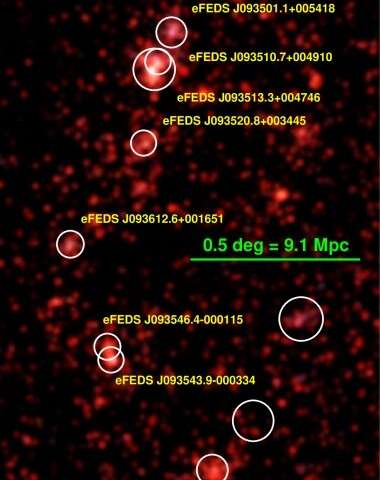
Containing various structures with a range of masses, from massive and dense clusters of galaxies to low-density bridges, filaments and sheets of matter, superclusters are among the largest structures in the known universe. Finding and investigating superclusters in detail could be essential in order to improve our understanding of the formation and evolution of large cosmic filaments.
Now, a group of astronomers led by Vittorio Ghirardini of the Max Planck Institute for Extraterrestrial Physics in Garching, Germany, reports the discovery of a new supercluster. The structure was identified by the eFEDS survey during its Performance Verification (PV) phase.

Consciousness is fundamental, pre-exists our Universe and manifests in everything that we think of as real. A brain, as important as it seems, is nothing more than the way that non-local consciousness operates at an “avatar” level during a lifetime. The evidence that all of this is true is consistent and overwhelming. But mainstream science is still bound by the centuries-old “materialist dogma” and stuck with the “hard problem” of consciousness. If we assume that consciousness doesn’t arise from the brain activity, as some neuroscientists still presume to be true, where does it come from? #consciousness #mind #self #theology #physics
Discussion of the hard problem of consciousness with certain solutions in phenomenology, possibilities of mind-uploading and implications…
Get your copy of Cyberpunk 2077 here:
http://cyberpunk.net/buy.
Sources & further reading:
https://sites.google.com/view/sources-mindupload.
The desire to be free from the limits of the human experience is as old as our first stories. We exist in an endless universe, only bound by the laws of physics and yet, our consciousness is trapped in mortal machines made of meat. With the breathtaking explosion of innovation and progress, for the first time the concept of leaving our flesh piles behind and uploading our minds into a digital utopia seems possible. Even like the logical next step on our evolutionary ladder.
OUR CHANNELS
▀▀▀▀▀▀▀▀▀▀▀▀▀▀▀▀▀▀▀▀▀▀▀▀▀▀
German Channel: https://kgs.link/youtubeDE
Spanish Channel: https://kgs.link/youtubeES
HOW CAN YOU SUPPORT US?
▀▀▀▀▀▀▀▀▀▀▀▀▀▀▀▀▀▀▀▀▀▀▀▀▀▀
This is how we make our living and it would be a pleasure if you support us!
Get Merch designed with ❤ from https://kgs.link/shop.
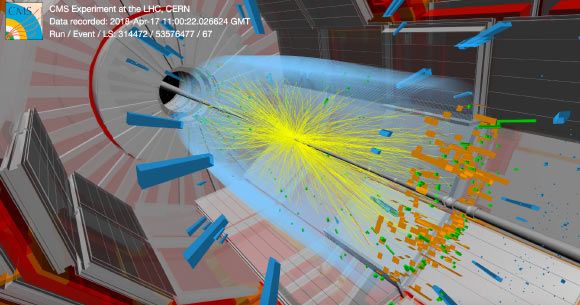
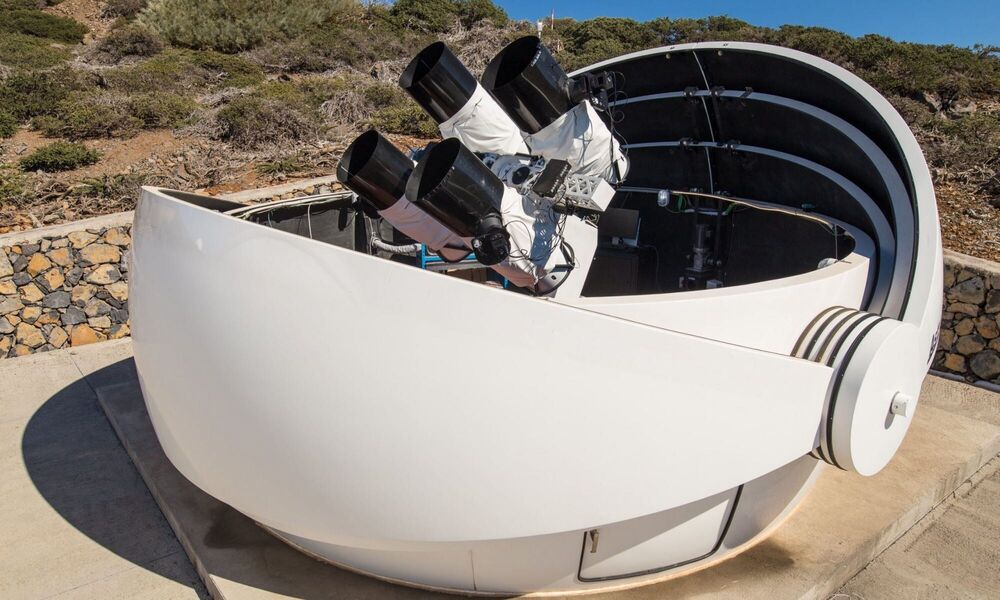
Lately, there has been a flood of interest in gravitational waves. After the first official detection at LIGO / Virgo in 2015, data has been coming in showing how common these once theoretical phenomena actually are. Usually they are caused by unimaginably violent events, such as a merging pair of black holes. Such events also have a tendency to emit another type of phenomena—light. So far, it has been difficult to observe any optical associated with these gravitational-wave emitting events. But a team of researchers hope to change that with the full implementation of the Gravitation-wave Optical Transient Observer (GOTO) telescope.
The GOTO project is designed specifically to find and monitor the parts of the sky that other instruments, such as LIGO, detect gravitational waves from. Its original incarnation, known as the GOTO-4 Prototype, was brought online in 2017. Located in La Palma, in the Canary Islands, this prototype consisted of four “unit telescopes” (UTs) housed in an 18ft clamshell dome. In 2020, this prototype was upgraded to 8 UTs, allowing for a much wider view of the sky.
The wide field of view is necessary for its work detecting gravitational-wave based optical phenomena, as directionality of gravitational waves are notoriously difficult to pin down. The wider the field of view of a telescope, the more likely it will be able to detect an event that happens.